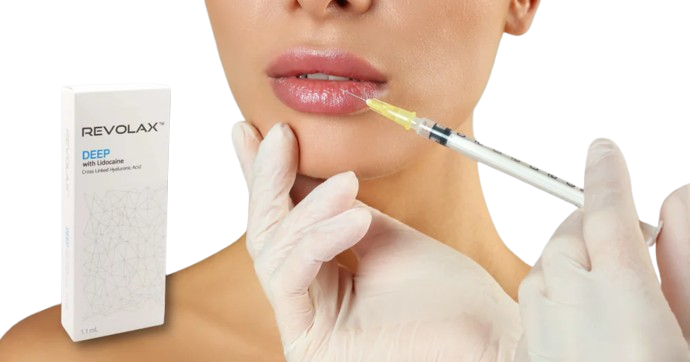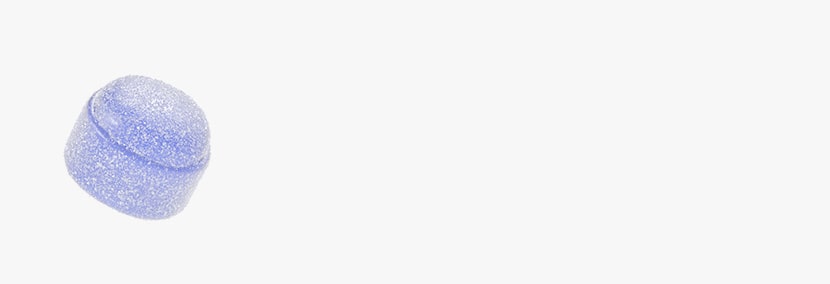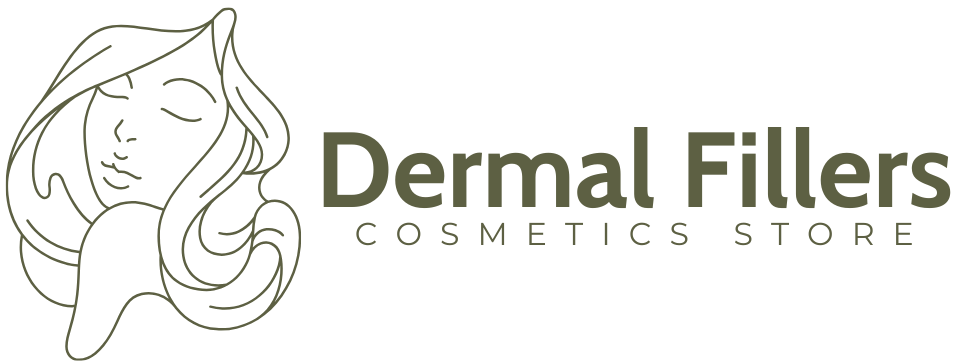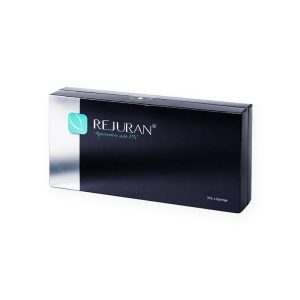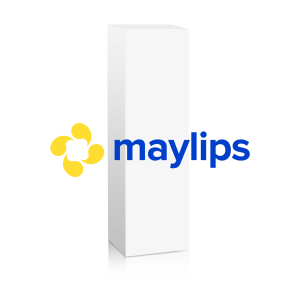Rejuran
Rejuran Microneedling: Application Protocol
Jul 25, 2025
You’ve probably seen this before: a patient comes in hoping for smoother texture and faster skin repair, so you choose Rejuran.
You inject precisely, follow every protocol—but at follow-up, the results feel mediocre, at best… a bit of glow, maybe some softening, but far from what you hoped for.
It’s tempting to blame the product, but that’s not it. Rejuran works—but how you deliver it? That can make or break the results.
That’s why so many clinics have started rethinking their delivery method. And most of them found that microneedling gives the best outcomes. This method covers more ground, more evenly. Patients also tend to tolerate it better, with less swelling and downtime.
And now that it’s FDA-approved, a lot of practices see it as the smarter, safer way to go.
In this article, we’ll break down exactly how to apply Rejuran with microneedling, how it compares to injection-based delivery, and why this method might give you more consistent results with less effort.
Key Takeaways
- Rejuran microneedling does more than improve texture—it resets the skin’s baseline health while keeping downtime low. Patients get smoother, more hydrated skin without the swelling or bruises that come with injections.
- Injections still have a place, especially when you’re dealing with deep wrinkles, volume loss, or stubborn scars that need targeted correction.
- You’ll get the best results when you don’t treat it as an either-or decision. Microneedling preps the canvas, injections fill in what needs extra attention.
- Technique matters. Needle depth, product choice, and even the timing of aftercare all play a role in how well the skin responds.
- The clinics that master both methods—and know when to combine them—don’t just get better outcomes. They build the kind of patient loyalty that keeps their schedules full.
What is Rejuran Injection?
Rejuran injection is a skin-repair treatment made with polynucleotides—DNA fragments derived from salmon. They’re highly purified, biocompatible, and designed to kickstart collagen production, calm inflammation, and restore skin structure over time.
You’ll find several variations: Rejuran Healer (the base formula), Rejuran I (for thin under-eye skin), Rejuran S (for acne scarring), and Rejuran HB (with added hyaluronic acid). All versions work by helping the skin repair itself from the inside out.
In many Asian countries, injecting Rejuran directly into the dermis has been standard practice for years. But in the U.S., the only FDA-cleared method is topical application combined with microneedling.
That route allows the formula to reach the dermis through controlled microchannels—without causing papules, swelling, or the discomfort often seen with direct injection.
For doctors looking to improve skin quality across larger areas with less downtime, this delivery method offers a reliable alternative. The skin heals faster, absorbs the product more evenly, and the results speak for themselves.
Rejuran skin booster microneedling is now becoming the go-to option for clinics that want smoother texture and stronger patient satisfaction—without the bruises.
Rejuran Microneedling vs Injection
Rejuran can enter the skin in two main ways: through injection or through microneedling. Both methods target the dermis, but they deliver the product differently, and that difference changes how the treatment feels and heals.
Injections place small pockets of Rejuran directly into the tissue using fine needles. This allows for precision and depth, especially when treating specific wrinkles or scar depressions. But it also comes with some trade-offs, visible papules, occasional bruising, and a longer recovery window.
Rejuran microneedling, in contrast, spreads the product across a wider area using microchannels created by a device. It causes less trauma, reduces downtime, and gives more consistent coverage. Patients often find it more comfortable and less invasive overall.
When comparing Rejuran microneedling vs injection, it’s not about which one is “better.” It’s about matching the delivery method to the treatment goal. For full-face rejuvenation, microneedling tends to win out. But for isolated concerns—like deep creases or scar tissue—injections still serve a purpose.
That’s the real balance when discussing Rejuran vs microneedling in practice: both methods work, but how you use them changes everything.
When to Choose Each Method – Indications and Contraindications
There’s no one-size-fits-all approach here. You’ll get results with both methods—but choosing the right one changes everything.
Go with microneedling when:
- You’re treating dull skin, fine lines, or rough texture across the entire face
- The patient wants visible improvement without downtime
- You need even, controlled delivery that doesn’t leave papules or bruises
Stick with injections when:
- You’re targeting deep-set wrinkles or acne scars that need more force behind them
- You’re working around the eyes or other areas that demand precision
- You need volume, structure, or spot treatment, not broad coverage
For many cases, the smart move is to combine both. Use Rejuran and microneedling to build a foundation of healthy skin, then follow up with injections to correct what microneedling can’t reach.
Technique matters. But so does strategy. Choose the wrong delivery, and the patient notices. Choose the right one, and they come back asking for more.
Rejuran Microneedling Application Protocol
A successful treatment with Rejuran for microneedling starts well before the device touches the skin. Like any regenerative therapy, outcome hinges on proper planning, delivery, and post-treatment care.
1. Pre-treatment
Begin with a standard consultation and skin assessment. Identify contraindications like active acne, infections, or recent procedures that may disrupt barrier repair. Take baseline photos. Apply a topical anesthetic (usually 20–30 minutes prior) to reduce discomfort during the procedure.
2. Device Settings and Depth
Use a professional-grade microneedling device with adjustable needle depth. For Rejuran skin booster microneedling, needle length usually ranges between 0.5 mm and 1.0 mm for the face. For thin or sensitive areas (e.g., periorbital), reduce to 0.25–0.5 mm. Most practitioners perform two to four passes, adjusting intensity by zone.
3. Product Preparation
Select the appropriate Rejuran formula:
- Rejuran Healer for general rejuvenation
- Rejuran I for under-eye regions
- Rejuran HB for added hydration
Dilution isn’t always necessary, but some clinics mix with saline or lidocaine for better spread or comfort—depending on protocol.
4. Application Technique
Some apply the product during microneedling (layering it as they go), while others prefer full-face microneedling first, followed by post-procedure application. Both approaches work, but applying during treatment may improve penetration and spread.
Massage lightly post-application to help absorption, then allow the skin to settle.
5. Aftercare
Cooling packs reduce immediate erythema. Advise patients to avoid makeup, harsh skincare, or direct sun exposure for 24–48 hours. Focus on barrier repair and hydration. Rejuran after microneedling continues to support tissue remodeling for several days, so emphasize gentle care during that window.
Rejuran healer microneedling offers visible improvement in skin texture and tone, especially when treatments are spaced 3–4 weeks apart in a series.
Why Do Patients Prefer Microneedling? Real-World Reviews
Clinical studies matter, but it’s the real-world feedback that really shapes patient expectations. Here’s what people are actually saying about Rejuran microneedling, both in clinics and online.
- Noticeable glow within days: Several users on RealSelf say their skin feels noticeably smoother and more hydrated just a few days after treatment. One person put it simply: “My skin is glowing and feels extra plump. Zero downtime for me.” [See RealSelf Review]
- Tolerable pain, quick recovery: On Reddit, patients describe the microneedling process as “definitely not comfortable but bearable,” with most redness and swelling clearing up within 48 hours. As one user noted, “It stings a bit, but the results are worth it.” [See Reddit Review]
Final Words
If you’re only offering just one method of Rejuran delivery, you’re leaving results on the table. Microneedling gives you the ability to treat texture, tone, and hydration in a way injections alone can’t match. Patients recover faster, see more even results, and feel the difference in their skin.
That doesn’t mean injections are obsolete. They still provide the depth and targeting required for scars and severe wrinkles. But when you combine both, the outcomes become worlds apart.
FAQs
- How long does it take to see results from Rejuran microneedling?
Most patients notice an improvement in skin texture and hydration within the first 7 to 10 days. Full collagen remodeling and elasticity gains typically develop over 4 to 6 weeks, especially when done in a series. - Can you combine Rejuran microneedling with injections?
Yes, and many clinics do. Microneedling improves overall skin quality, while injections target deeper wrinkles or scars. Combining both creates a more complete outcome than using either method alone. - Is Rejuran microneedling painful?
With proper topical anesthesia, most patients describe it as mildly uncomfortable but tolerable. Redness and sensitivity usually resolve within 24 to 48 hours. - How often should patients repeat Rejuran microneedling?
For optimal results, sessions are usually spaced 3 to 4 weeks apart. A typical course involves 3 to 4 treatments, followed by maintenance every few months. - What’s the difference between Rejuran microneedling and skin boosters?
Both improve skin quality, but Rejuran focuses on tissue repair and collagen stimulation, while traditional skin boosters primarily enhance hydration. The choice depends on whether the priority is skin structure or moisture.
Talk with our sales representative.
Book a Meeting
References
1. Alvin W, Chan L, Lee A, et al. Polynucleotides in Aesthetic Medicine: A Review of Current Practices and Perceived Effectiveness. International Journal of Molecular Sciences. 2024;25(15):8224-8224. doi:https://doi.org/10.3390/ijms25158224
2.Oh S, Kim YH, Kim BR, et al. Real-World Clinical Practice on Skin Rejuvenation Among Korean Board-Certified Dermatologists: Survey-Based Results. Annals of Dermatology. 2025;37. doi:https://doi.org/10.5021/ad.24.167
